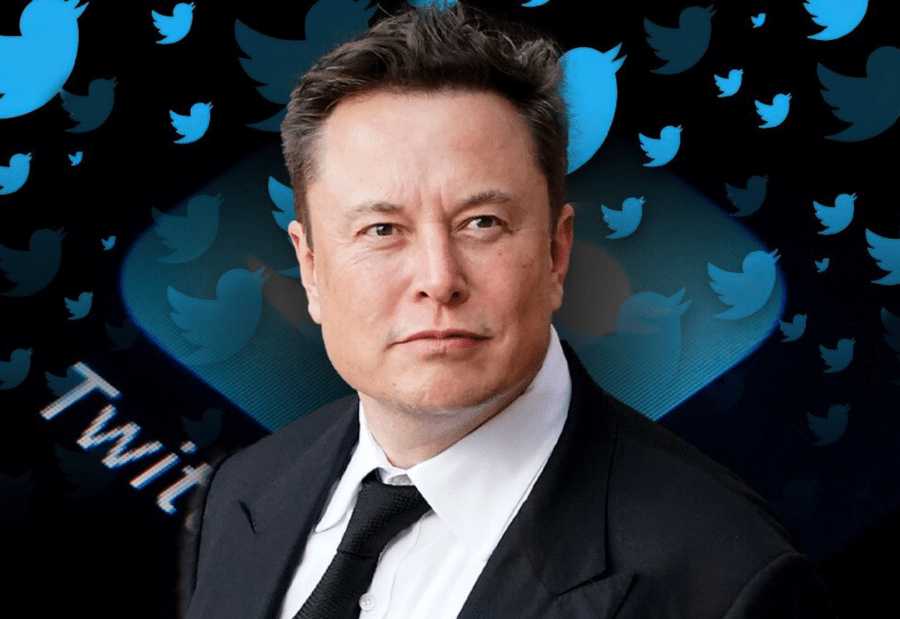SpaceX, the pioneering aerospace company founded by Elon Musk, achieved another milestone in its ambitious Starlink project with the successful launch of its fifth mission. The launch, which took place on [launch date], saw a Falcon 9 rocket ferrying a group of Starlink satellites into orbit, further bolstering the rapidly expanding global satellite internet constellation.
The Starlink initiative aims to provide reliable, high-speed internet access to even the most remote corners of the globe. With each successful launch, SpaceX brings us one step closer to achieving this goal. The latest mission saw the deployment of [number of satellites] satellites, bringing the total number of Starlink satellites in orbit to [total number], demonstrating the company’s relentless commitment to revolutionizing global connectivity.
The Falcon 9 rocket lifted off from [launch location] and successfully delivered its payload of Starlink satellites to their designated orbits. The reusable booster then executed a precise landing on a floating platform in the [ocean name], adding to SpaceX’s impressive track record of rocket reusability, which contributes to cost reduction and sustainability in space exploration.
The deployment of more Starlink satellites not only strengthens the coverage and capacity of the network but also paves the way for improved internet speeds and reduced latency for users around the world. As the constellation continues to grow, SpaceX aims to achieve global coverage and offer internet services to areas currently underserved by traditional terrestrial infrastructure.
The Starlink project has garnered significant attention and anticipation from both consumers and industry experts. The promise of reliable, high-speed internet connectivity in remote and rural areas, as well as during natural disasters or other emergencies, holds tremendous potential for bridging the digital divide and facilitating economic growth.
However, the ambitious nature of the project also poses challenges, including regulatory considerations, space debris management, and addressing potential concerns about light pollution caused by the reflective nature of the satellites. SpaceX has been actively engaging with regulatory bodies and collaborating with astronomers and other stakeholders to mitigate these challenges and ensure the responsible deployment of the satellite constellation.
The success of the fifth Starlink mission reinforces SpaceX’s position as a leader in the commercial space industry and validates the company’s vision of transforming global internet access. As the Starlink network expands and matures, it is expected to bring significant benefits to individuals, businesses, and communities worldwide, unlocking new opportunities for education, communication, and innovation.
Looking ahead, SpaceX plans to continue regular launches to further populate the Starlink constellation and improve coverage, capacity, and performance. The company’s relentless pursuit of its mission to provide global internet connectivity underscores its commitment to pushing the boundaries of space technology and advancing the possibilities of a connected world.
With each successful launch, SpaceX and its Starlink project are not only shaping the future of internet access but also showcasing the immense potential of commercial space exploration. As the deployment of Starlink satellites continues, the world eagerly awaits the transformative impact of this revolutionary endeavor on global connectivity and communication.






